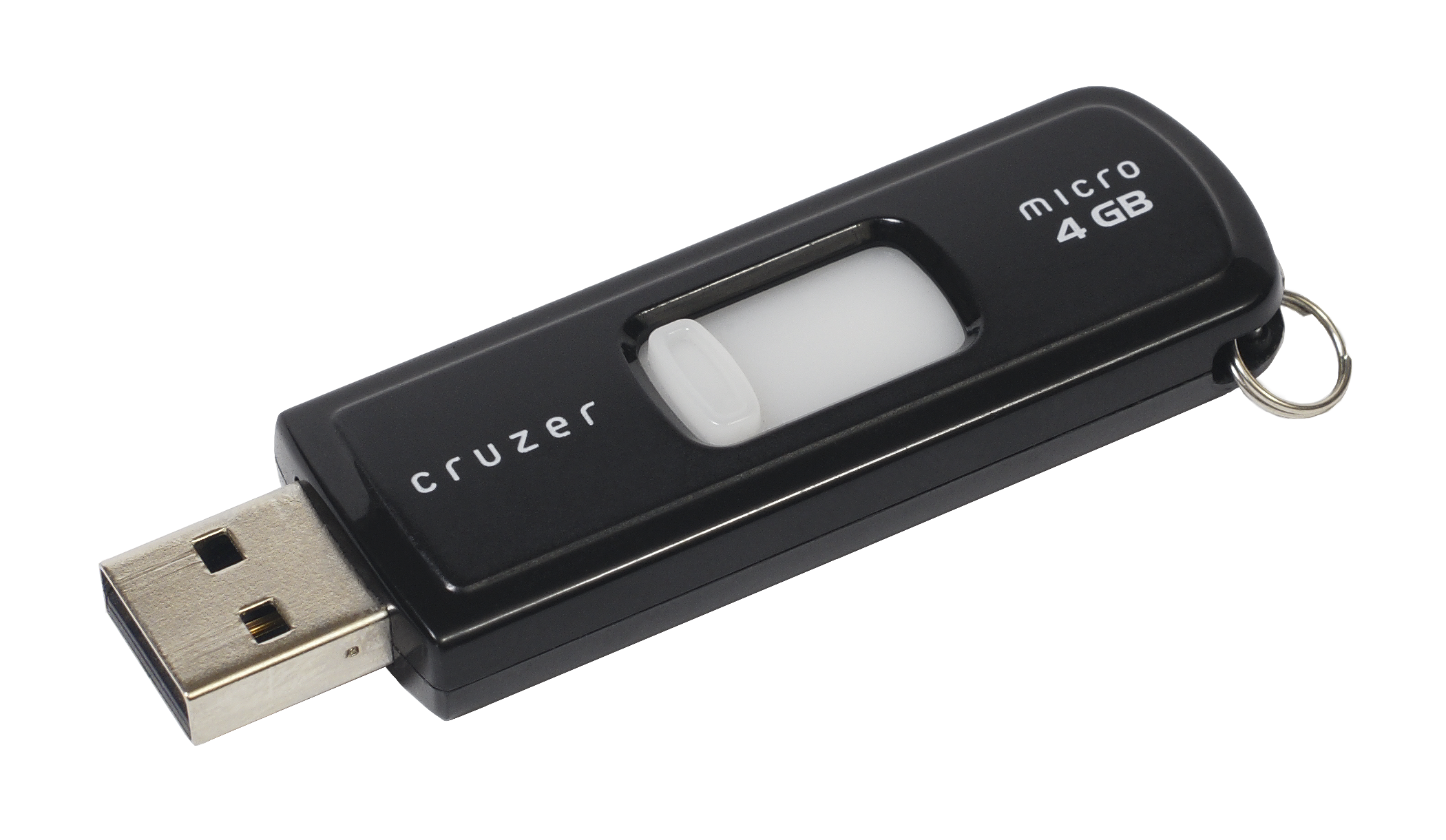I was excited for this research as I didn’t actually have a good estimate for how much energy my room used. I was surprised by how much energy is used by my refrigerator, especially since it’s also the only appliance that is constantly in use. In fact, the wattage of the fridge was far greater than the total of all my other electronics. In contrast to the fridge value, my laptop used almost no energy – which makes me feel less guilty about how often I use it! I was also happy to find that my phone charger, laptop charger and lamp all used no (or negligible) energy when not in use.
I will be measuring my usage of these electronics over the next three days to determine the average total amount of energy I use per day. From there, Irene and I will be calculating how much of our Vassar room and board fees actually go towards the energy we consume.
| Appliance | Wattage | Notes |
| Laptop in use | 29.8 | Increased from average of 22-24W after extended use |
| Laptop + powerstrip | 31-32 | |
| Phone charger in use | 2.9 | |
| Phone + power strip | 3.2 | |
| Laptop + phone + powerstrip | 33.6 | |
| Fridge | 304 | Slowly decreased over time |
| Fan – low | 19.6 | |
| Fan – medium | 21.4 | |
| Fan – high | 24.0 | |
| Christmas lights | 23.6 | |
| Standing lamp | 13.9 |

